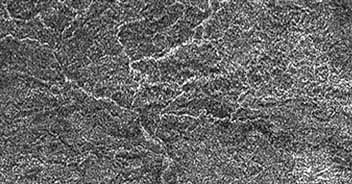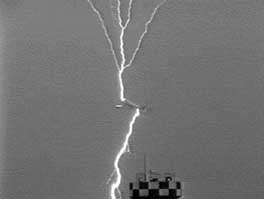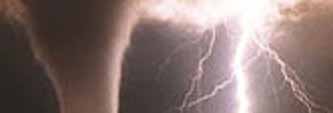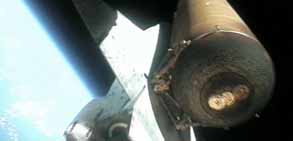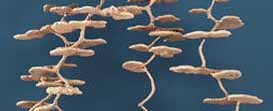Lakes on a Plain

Titan's got lakes. Lots of lakes. As a matter of fact, right now Titan's got the only other known lakes in the whole-entire universe besides Earth. (:o Here is the hi-res image. And here is more information.
Last week's radar scans of the north regions of Titan showed dramatic lakes. The dark areas represent almost no radar scattering and thus must be extremely smooth - most likely liquid. Some of the dark areas show some roughness which could be wind-driven waves in the liquid. More passes are planned.
Top Men would love a Mars rover on Titan!
----
Previous related Wohba links:
Cassini Half Time


